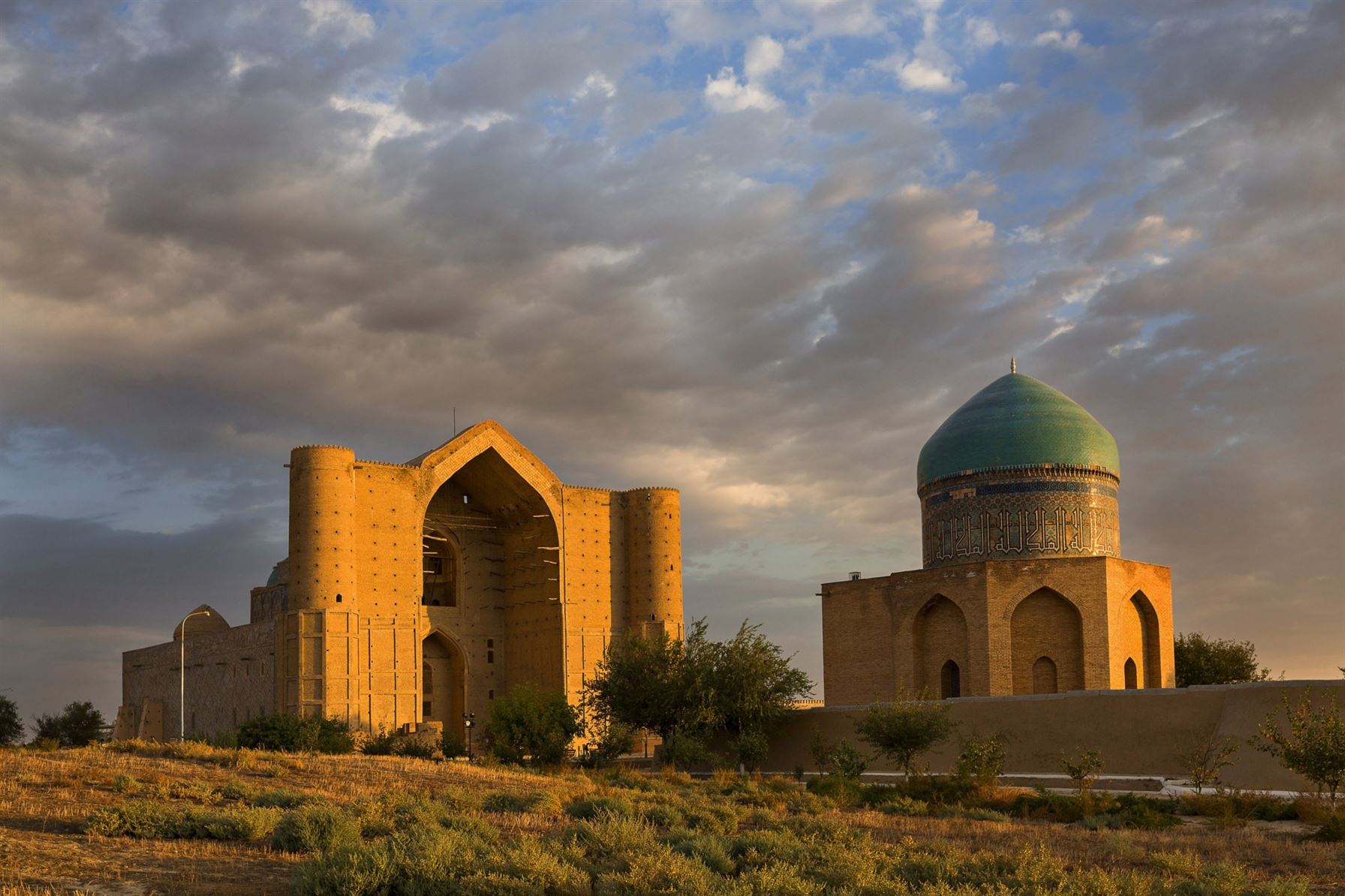
Cradle of Civilizations: Turkistan
 According to the official data, the history of the city of Turkistan dates back more than 2000 years. The city has been called with its current name Turkistan for at least 500 years. One of its previous names was Yessi, an old Turkic name meaning “nervous, disorganized”. The great Sufi Hodja Ahmad Yasawi’s name also comes from the city, meaning Ahmed from the city of Yessi. Unfortunately, the history of the city before Hodja Ahmed is now missing, thus all that is known about the city begins in relation to the life of Hodja Ahmed, in 11th and 12th century.
According to the official data, the history of the city of Turkistan dates back more than 2000 years. The city has been called with its current name Turkistan for at least 500 years. One of its previous names was Yessi, an old Turkic name meaning “nervous, disorganized”. The great Sufi Hodja Ahmad Yasawi’s name also comes from the city, meaning Ahmed from the city of Yessi. Unfortunately, the history of the city before Hodja Ahmed is now missing, thus all that is known about the city begins in relation to the life of Hodja Ahmed, in 11th and 12th century.
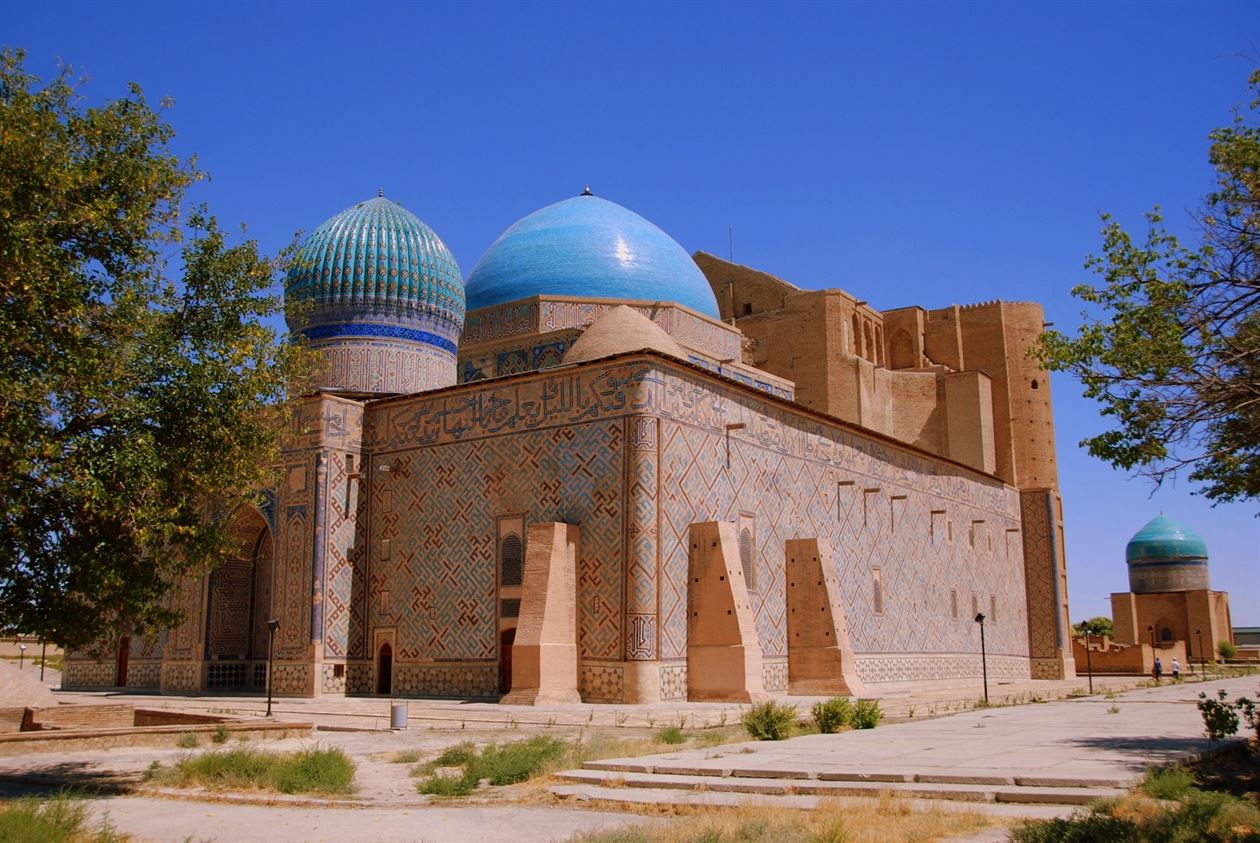 Located 850 km away from Almaty and 150 km away from Shymkent, Turkistan is a great place to discover the authentic and lively culture of Central Asia with its beautiful architectural complexes, noisy bazaars and expansive steppes. Serving as a natural border between the desert and the city, Karatau Mountains are located near here as they defend the city and its surroundings from the fatal breath of the desert.
Located 850 km away from Almaty and 150 km away from Shymkent, Turkistan is a great place to discover the authentic and lively culture of Central Asia with its beautiful architectural complexes, noisy bazaars and expansive steppes. Serving as a natural border between the desert and the city, Karatau Mountains are located near here as they defend the city and its surroundings from the fatal breath of the desert.
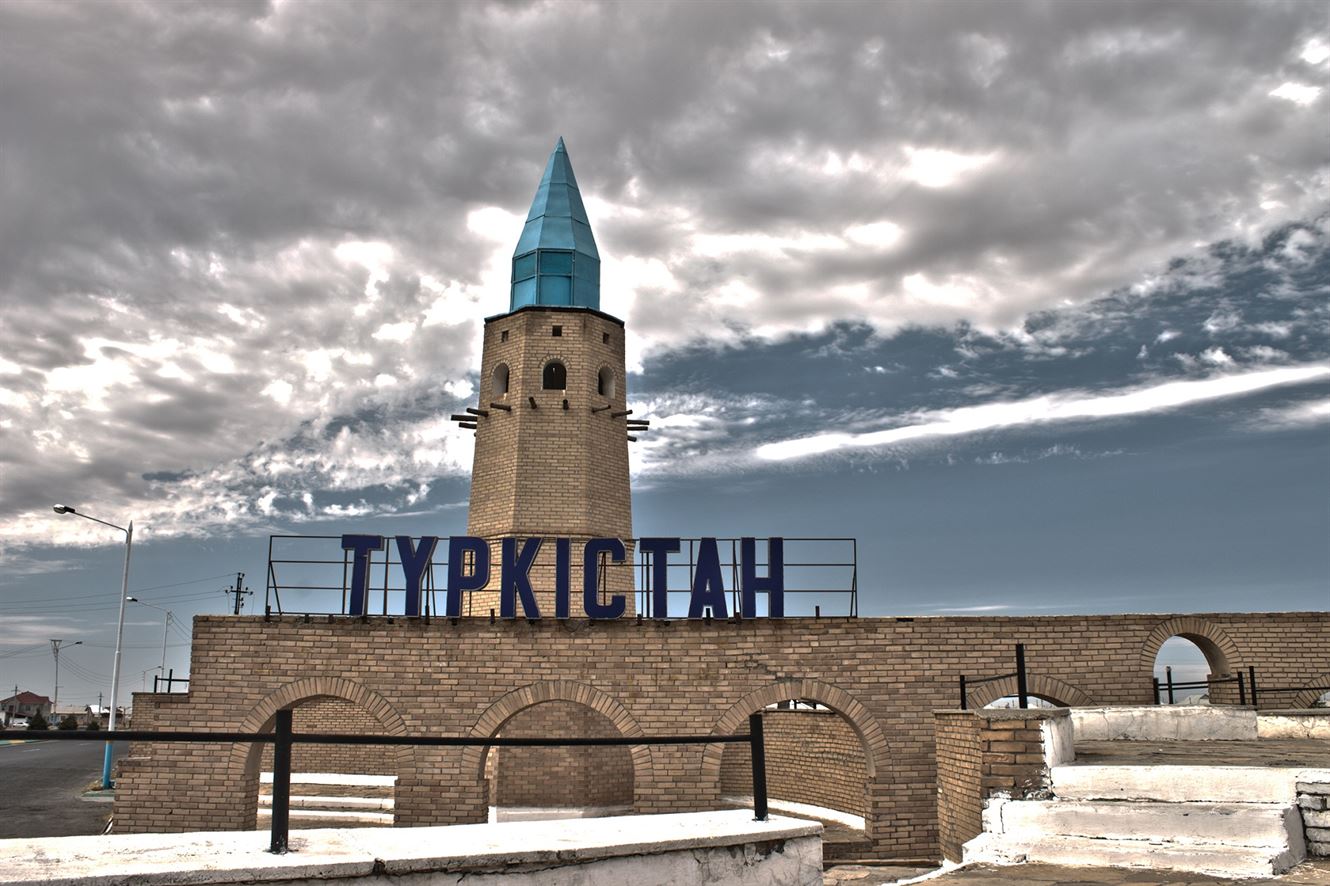 The northern part of the Silk Road once passed through Turkistan and other ancient cities of the region such as Otrar, Sawran and Syghanaq. During those times, these cities were centers of trade, culture and knowledge, connecting East and West. One of the biggest reasons Turkistan became a home for knowledge was the Book of Wisdom, the famous and popular work of Ahmed Yasawi. This book became so popular among the general public that many young people memorized and read its poems. Elderly evaluated the maturity of the adolescents according to Hodja Yasawi’s book. The local public considered this book as the second great book after Koran and dubbed it as “second book.”
The northern part of the Silk Road once passed through Turkistan and other ancient cities of the region such as Otrar, Sawran and Syghanaq. During those times, these cities were centers of trade, culture and knowledge, connecting East and West. One of the biggest reasons Turkistan became a home for knowledge was the Book of Wisdom, the famous and popular work of Ahmed Yasawi. This book became so popular among the general public that many young people memorized and read its poems. Elderly evaluated the maturity of the adolescents according to Hodja Yasawi’s book. The local public considered this book as the second great book after Koran and dubbed it as “second book.”
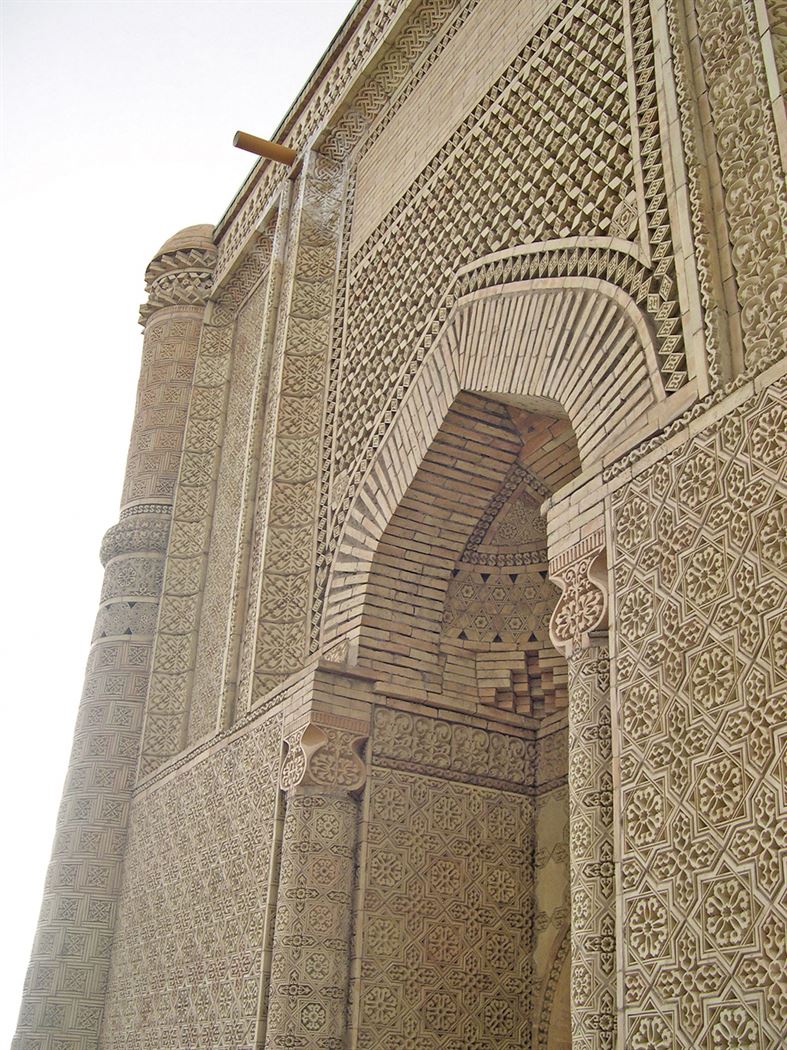 During the 16th century, Kazakh Hans considered the symbolic importance of the city in the region and chose Turkistan as the capital of Kazakh Khanate. Last year, over one million people visited the city and many of them chose to travel to the holy places in the southern part of Kazakhstan.
For many tourists, the travel to Turkistan begins with a visit at the mausoleum of Hodja Ahmed Yasawi, dated 15th and 16th century. Built during the end of 14th century under the orders of Timur, the powerful ruler of Central Asia back then, the building is considered as one of the masterpieces of Middle Age architecture. The bodies of Abulkhair Khan, Ablai Khan and Esim-khan also rest here along with dauysty Kazbek-bi, one of the three key judges of Kazakh Khanate. This architectural complex receives great attention from Muslim pilgrims visiting Central Asia. Many of the visitors make sure to stop by here to commemorate Ahmed Yasawi, the prominent Turkic Muslim religious scholar who established Yasawi order of Sufis. The mausoleum which was not completed due to the death of Timur, was listed as a UNESCO World Heritage Site in 2004.
During the 16th century, Kazakh Hans considered the symbolic importance of the city in the region and chose Turkistan as the capital of Kazakh Khanate. Last year, over one million people visited the city and many of them chose to travel to the holy places in the southern part of Kazakhstan.
For many tourists, the travel to Turkistan begins with a visit at the mausoleum of Hodja Ahmed Yasawi, dated 15th and 16th century. Built during the end of 14th century under the orders of Timur, the powerful ruler of Central Asia back then, the building is considered as one of the masterpieces of Middle Age architecture. The bodies of Abulkhair Khan, Ablai Khan and Esim-khan also rest here along with dauysty Kazbek-bi, one of the three key judges of Kazakh Khanate. This architectural complex receives great attention from Muslim pilgrims visiting Central Asia. Many of the visitors make sure to stop by here to commemorate Ahmed Yasawi, the prominent Turkic Muslim religious scholar who established Yasawi order of Sufis. The mausoleum which was not completed due to the death of Timur, was listed as a UNESCO World Heritage Site in 2004.
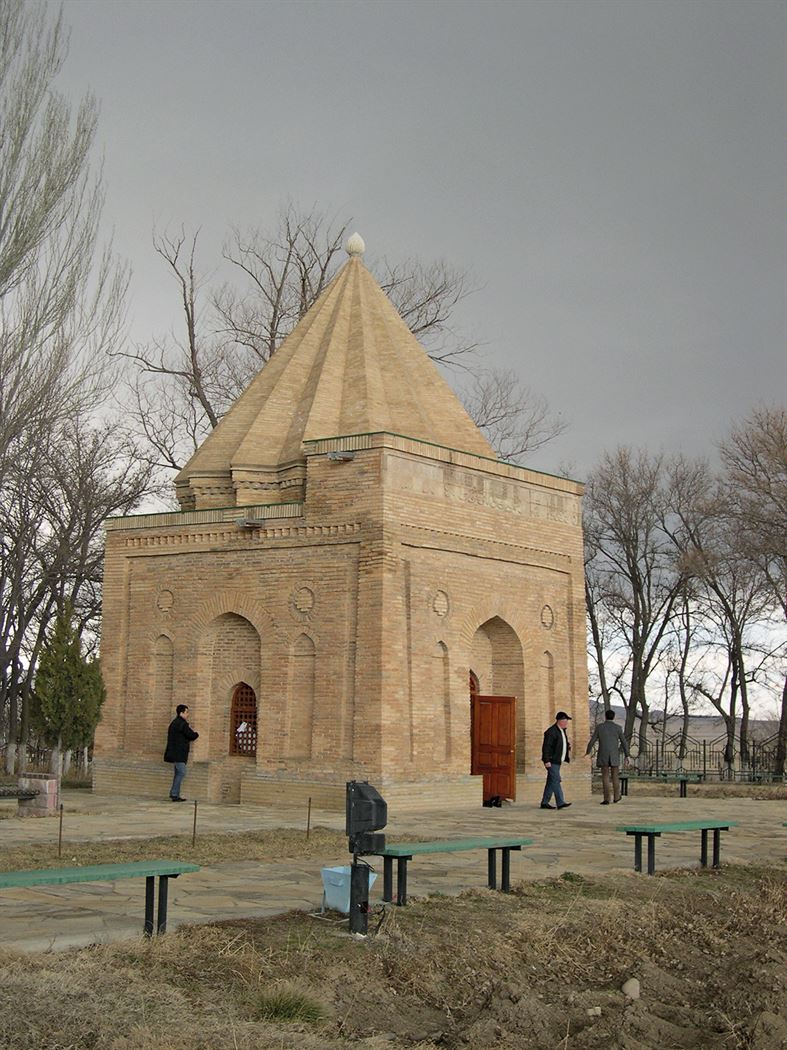 Another place worth a visit is the tomb of Arslan Baba, the teacher of Ahmed Yasawi. Many of the visitors feel like they owe a visit to the hodja of the hodjas before visiting Yasawi’s tomb.
Aisha Bibi Mausoleum from 12th century is a popular destination for both pilgrims and tourists as well. 28 different versions of the legend about the life of Aisha Bibi, daughter of Aziz Zeng Baba, were popular tales among the public. The most popular one was the tragical love story which told the tale of Karakhan Muhammed, the ruler of Taraz ancient city, and his love towards Aisha Bibi. After his father forbade her to meet with the young man, Aisha and her nanny Babaji Khatun ran away from the home at night. However, a reptile kills her on the banks of Asa River. Mourning her, Muhammed buries her to the hill and gathers the artisans to build a mausoleum over her grave. Unlike other buildings, the mausoleum was carved from earth rather than bricks and as it was adorned with terracotta tiles, it maintains its allure to this day.
Another place worth a visit is the tomb of Arslan Baba, the teacher of Ahmed Yasawi. Many of the visitors feel like they owe a visit to the hodja of the hodjas before visiting Yasawi’s tomb.
Aisha Bibi Mausoleum from 12th century is a popular destination for both pilgrims and tourists as well. 28 different versions of the legend about the life of Aisha Bibi, daughter of Aziz Zeng Baba, were popular tales among the public. The most popular one was the tragical love story which told the tale of Karakhan Muhammed, the ruler of Taraz ancient city, and his love towards Aisha Bibi. After his father forbade her to meet with the young man, Aisha and her nanny Babaji Khatun ran away from the home at night. However, a reptile kills her on the banks of Asa River. Mourning her, Muhammed buries her to the hill and gathers the artisans to build a mausoleum over her grave. Unlike other buildings, the mausoleum was carved from earth rather than bricks and as it was adorned with terracotta tiles, it maintains its allure to this day.
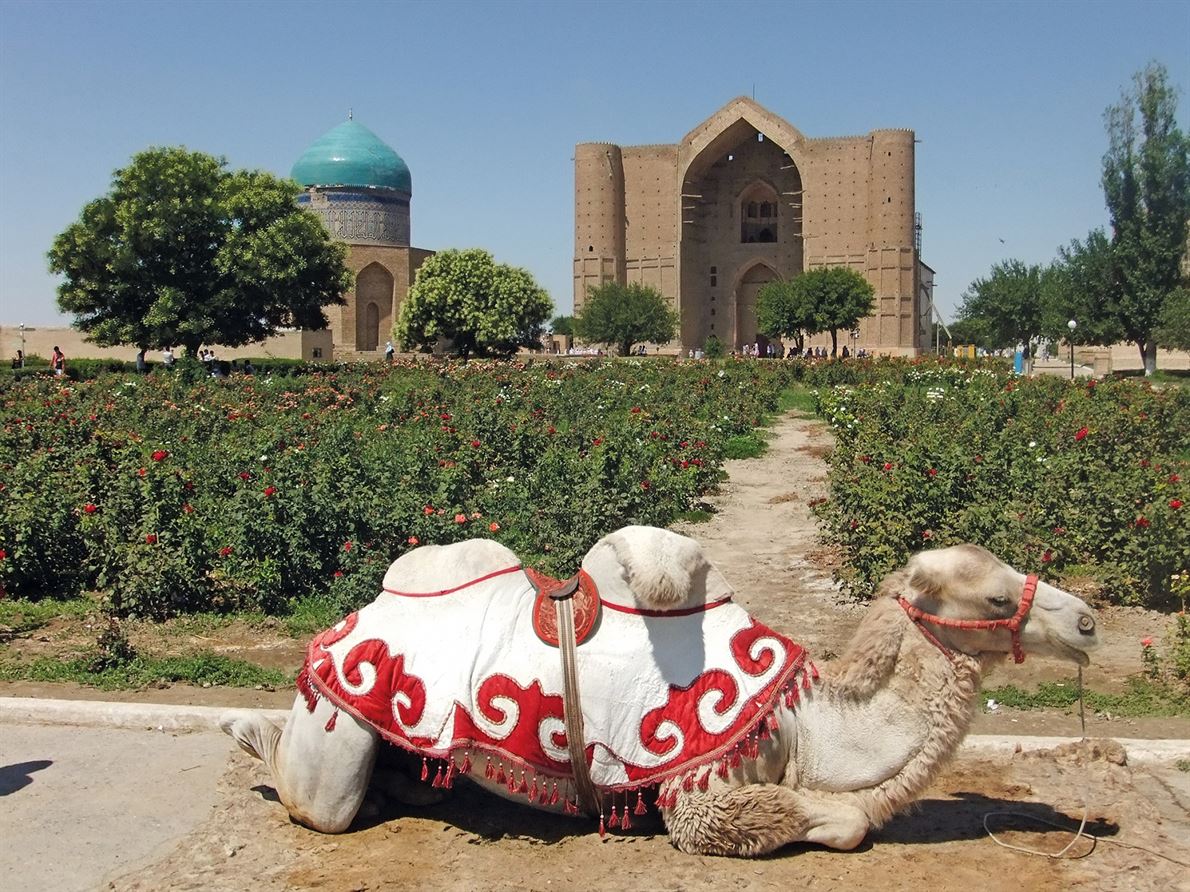 Another popular destination is the tomb of Gevher Ana who was the daughter of Yasawi. It is considered as one of the oldest monuments of Turkistan. Legends say that she was a healer and unable to bear a child, thus becoming the mother of everyone she treated.
South Kazakhstan Region was renamed as Turkistan Region on June 16, 2018 with the order of Kazakhstan President Nursultan Nazarbayev, and its administrative center was moved to Turkistan. From now on, Turkistan will continue to develop and grow while opening its arms to visitors with the goal of becoming the cradle of Turkic World.
Another popular destination is the tomb of Gevher Ana who was the daughter of Yasawi. It is considered as one of the oldest monuments of Turkistan. Legends say that she was a healer and unable to bear a child, thus becoming the mother of everyone she treated.
South Kazakhstan Region was renamed as Turkistan Region on June 16, 2018 with the order of Kazakhstan President Nursultan Nazarbayev, and its administrative center was moved to Turkistan. From now on, Turkistan will continue to develop and grow while opening its arms to visitors with the goal of becoming the cradle of Turkic World.

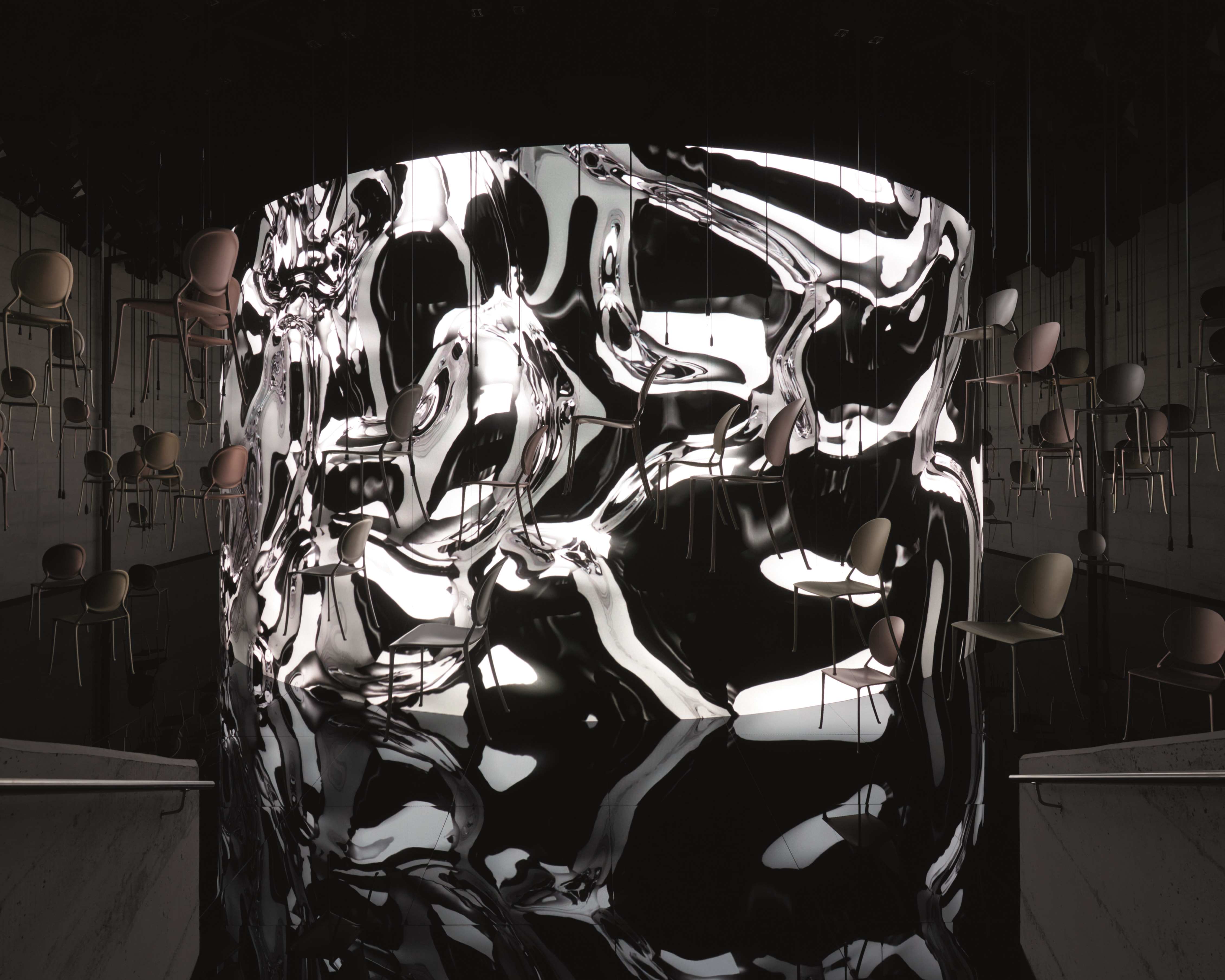
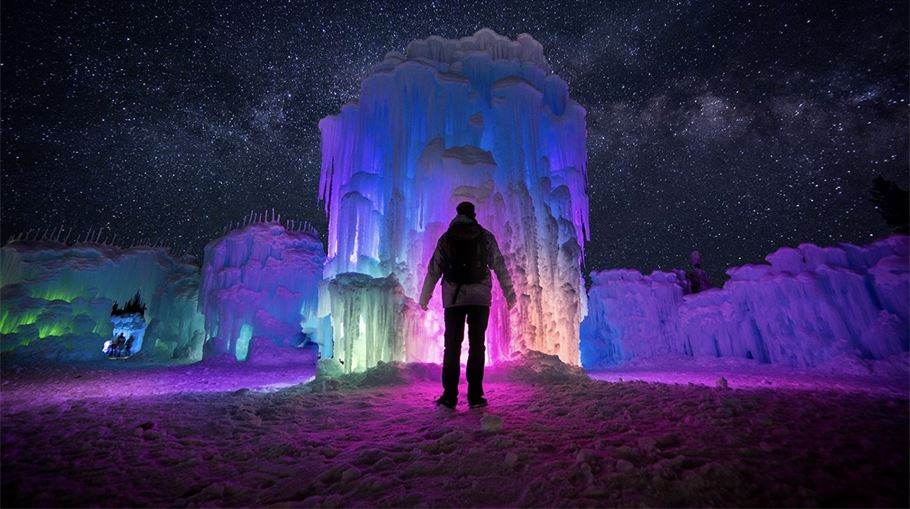
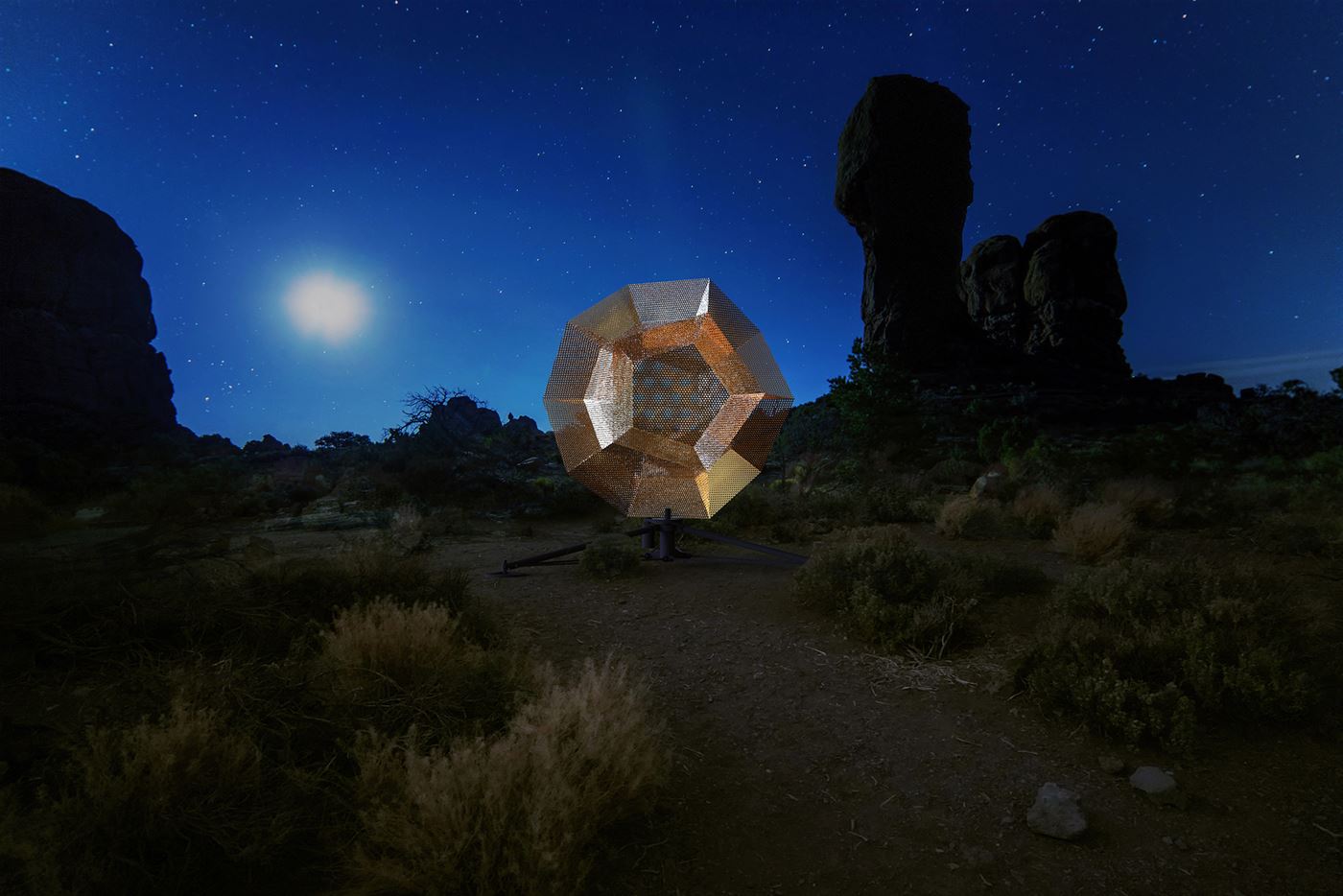
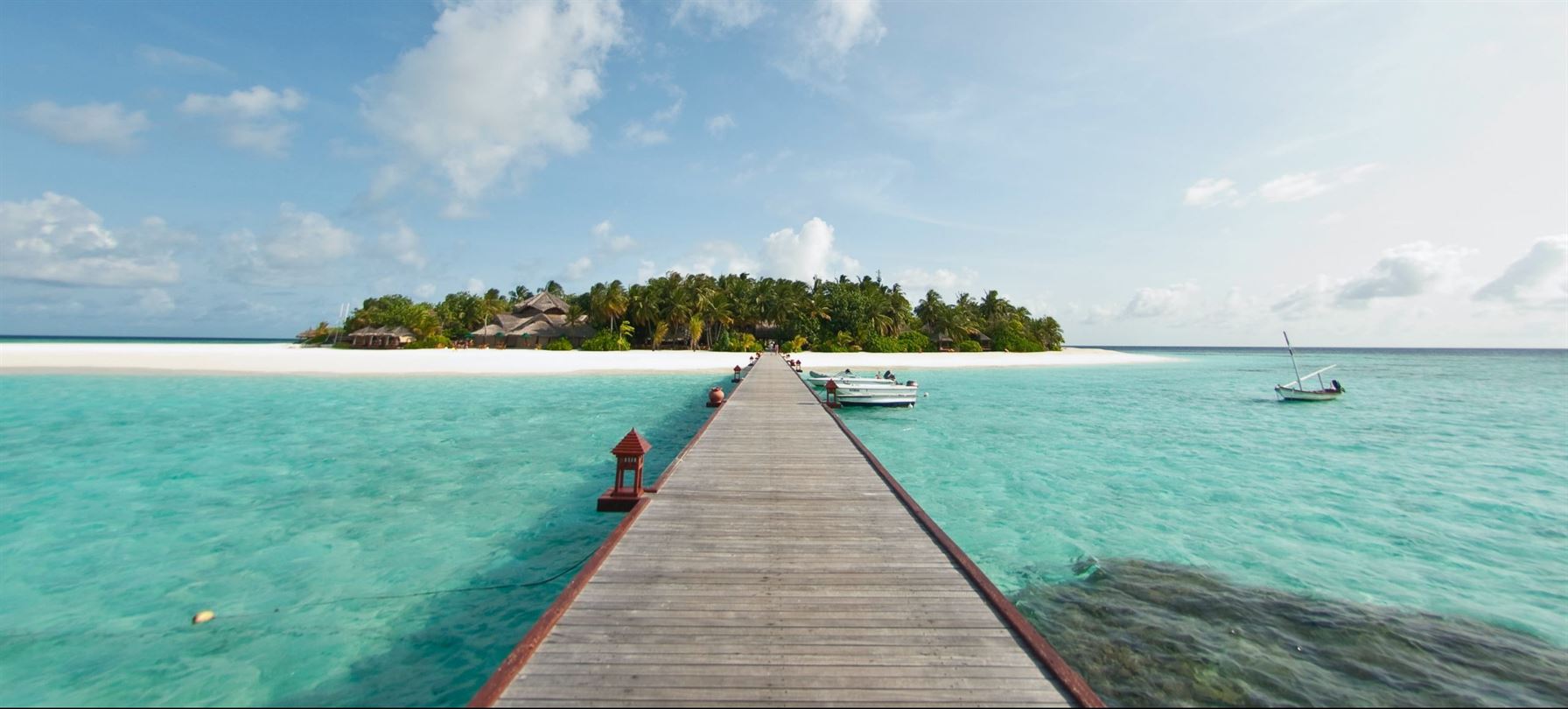

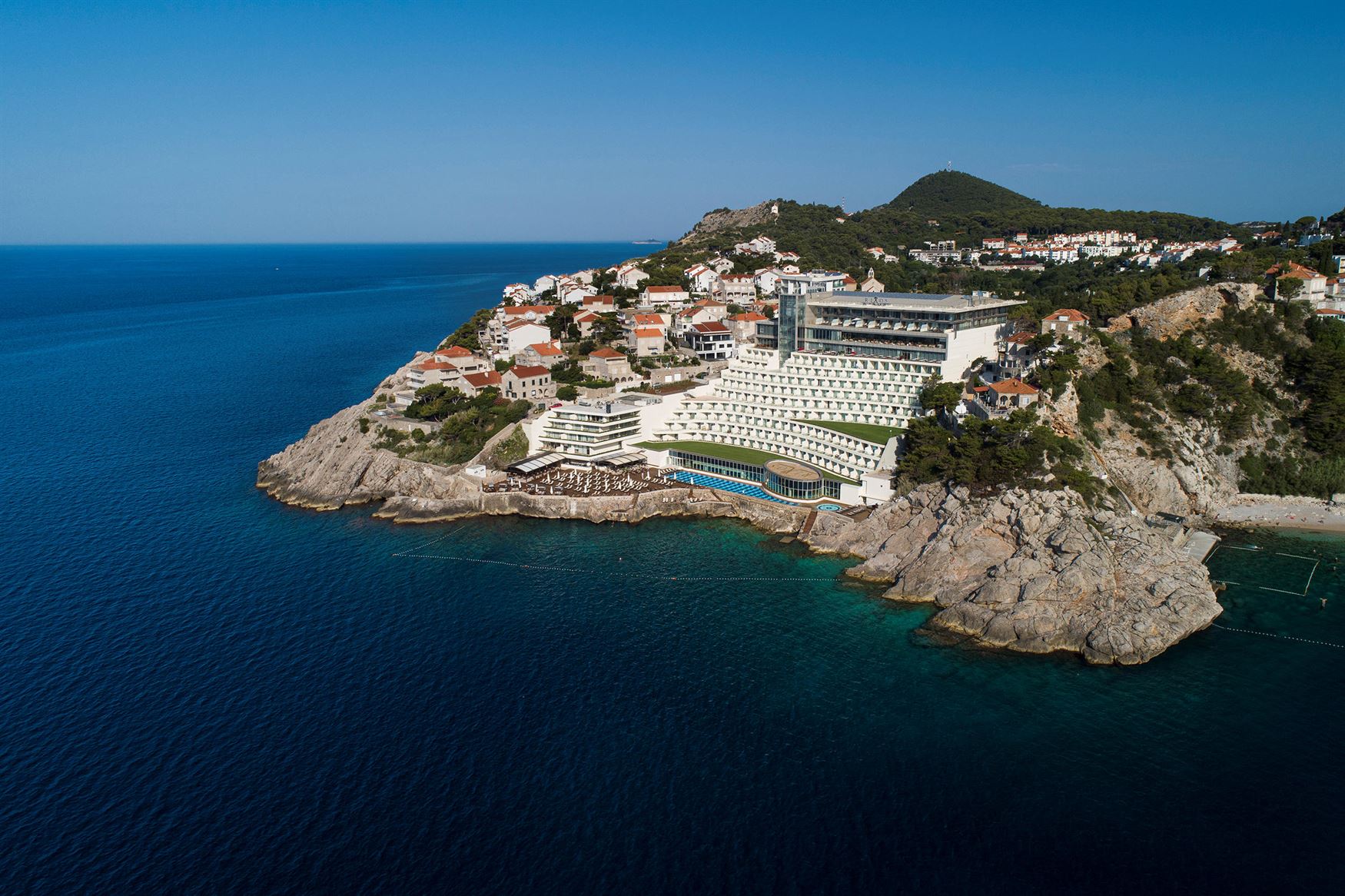
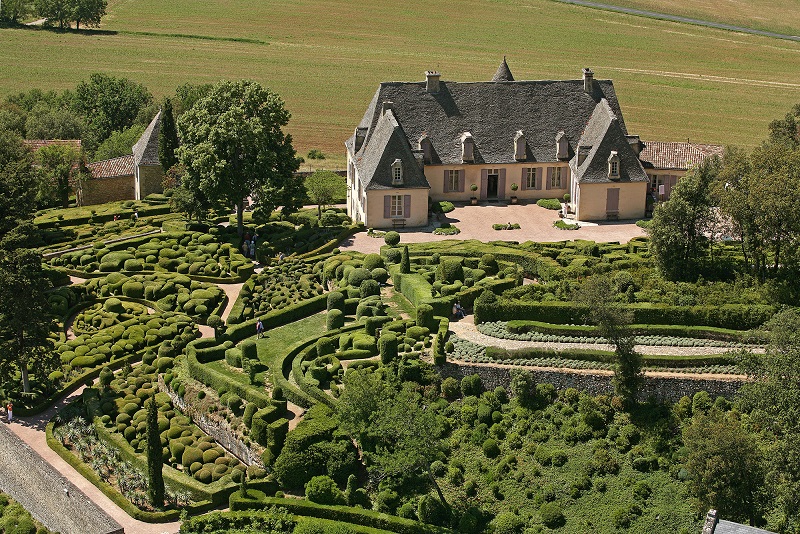
Comments